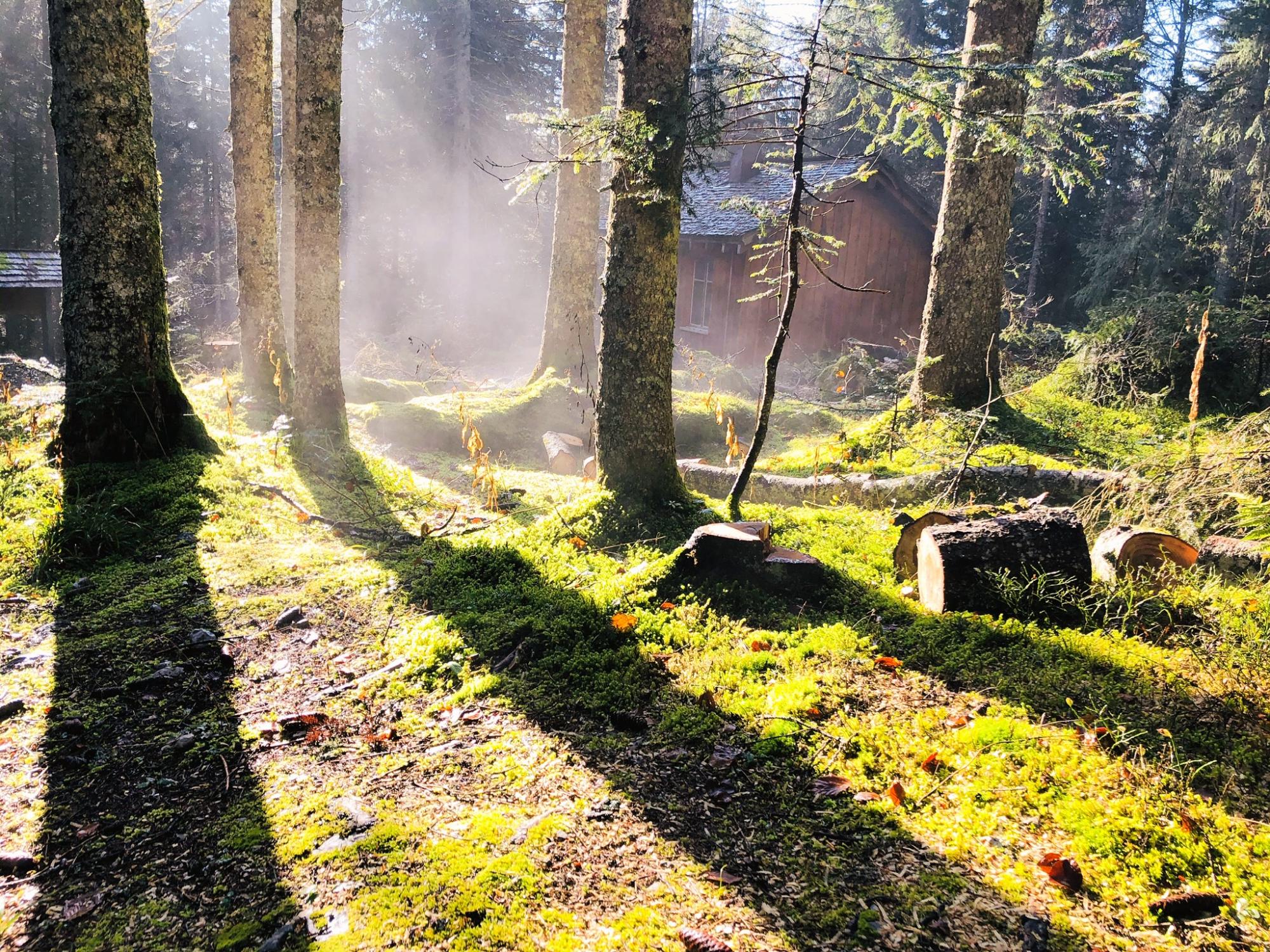

Risoud Forest
One of the largest continuous forests in Europe
The Risoud is the largest forest in Europe with its 2'200 continuous hectares. Lining the western edge of the Vallée de Joux for approximately 15km, the Risoud forms a natural boarder between France and Switzerland. Its vast surface area, its density and its geographical situation have been a natural source and setting for numerous myths and legends.
Some of the amazing stories hold true: during the second World War, the trees in the Risoud were witness to and conspirators in acts of resistance. The border in the Risoud is a mere dry-stone wall in the heart of the forest making it permeable and difficult to control. A group of French and Swiss friends known as the Passeurs du Risoud were very active during World War II playing a key role in smuggling precious information to the British Embassy and to the Swiss intelligence agency. They also helped many fugitives to cross the border into Switzerland to escape war and the risk of deportation.
The Risoud forest is mainly populated by spruce trees and is known for its resonance spruce trees of rare perfection with qualities that are sought out by luthiers all over the world. Professionals esteem that only one tree in ten thousand have the necessary quality to serve as tone-wood.
Endless networks of walking paths are available for exploring the calm of the Risoud and its many foresters’ refuges. For a perfect introduction to the fauna and flora of the Risoud forest, one option would be the Sentier du Mas des Grandes Roches discovery trail starting from the mountain refuge Apollo.
It is highly recommended to bring along a 1:25000 scale map for easy orientation in the Risoud.
Certain cabins are open to the general public and are available on a first-come-first-served basis. No reservations possible.
For Mountain Biking fans, the local SuisseMobile Grand Risoud Bike 995 itinerary is fully equipped for the pleasure of all two-wheel enthusiasts.
In winter there are two sectors of the Risoud marked and maintained for cross-country ski and snowshoe amateurs: the sector between Le Lieu and Les Charbonnières, as well as the area Les Grandes Roches which is situated just above Le Brassus and the future site of the 2020 Winter Youth Olympic Games.